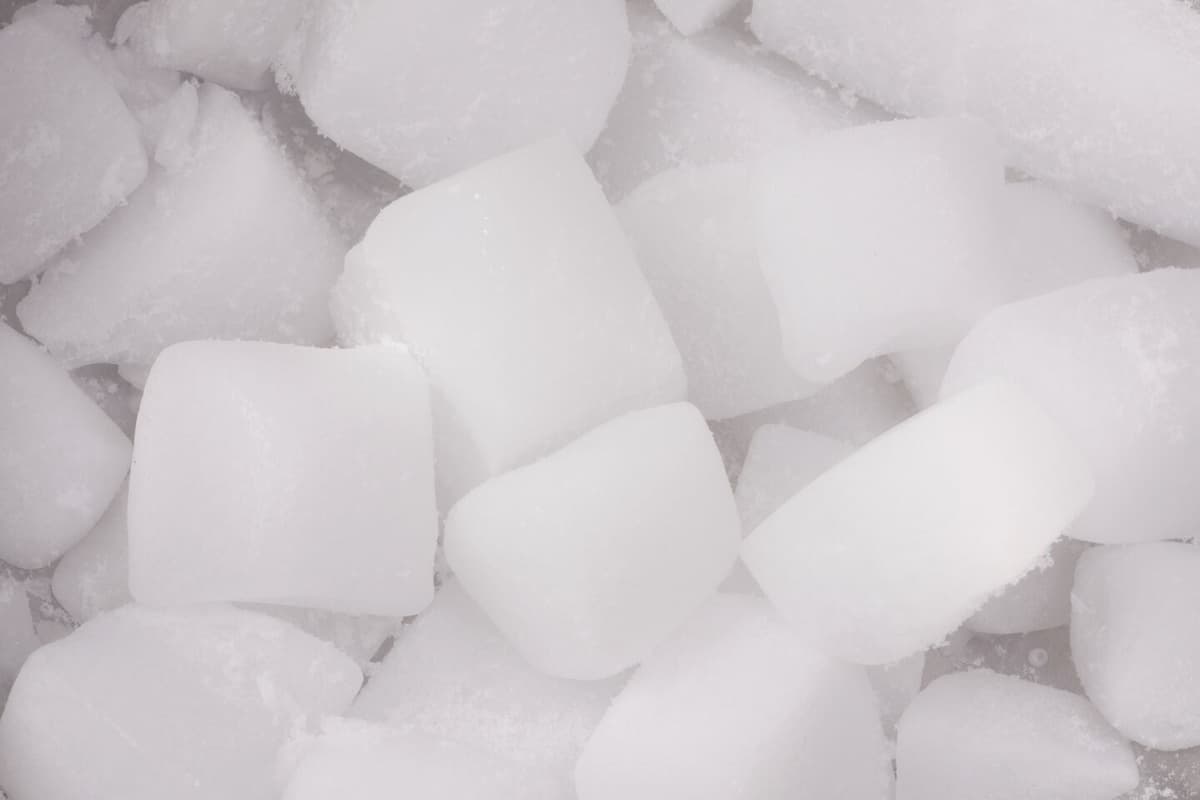Demand for dry ice is rapidly increasing within the Iberian Peninsula, where it plays an important role in transporting sensitive products in the food and pharmaceutical industries. Additionally, it is currently a revolutionary technology within the cleaning industry, especially through dry ice blasting.
In an era where emphasis is placed on environmental sustainability, dry ice exists as an alternative to traditional methods, finding major applications in cold chain logistics and dry ice blasting. These sustainable solutions have been embraced by customers and extend beyond the aforementioned sectors, reflecting the increasingly important and diverse applications of dry ice.
Dry ice is essentially solid carbon dioxide (CO2) and is produced from a treated CO2 stream on-site. It undergoes liquefaction and is transported to a factory, where it is then converted into compressed carbonated “snow” that reaches the market in various formats. The chemical properties of dry ice give it outstanding performance in the aforementioned areas, which will be briefly discussed here.
It is important to realize that CO2 is a colorless, odorless, slightly acidic, and nonflammable gas. Once released from its liquid state, it transforms into carbonated snow. It contains no water, exists in the solid state at -78.5°C, and sublimes without leaving any trace of water. Special machinery is required to compress this carbonated snow into various forms of dry ice.
… You need to subscribe to read more
